Editor's note: The following sponsored content was provided by Steinhafels.
Here at Steinhafels, we love to write about new furniture and design trends, but today we want to focus on making paper. No, we don’t mean "paper" as in the commonly used slang for "money." We mean actual PAPER!
Believe it or not, even in this digital age, paper is still a huge part of our business – since many of our ads still run in magazines, newspapers and various mailers. Steinhafels Marketing Director Dirk Stallmann explains, "Newspaper advertising remains a very cost efficient way to reach a lot of customers. Additionally, the ability to show a wide assortment of products and prices on a single page is one of the strengths of this medium."

So this week’s article is devoted to the art of making paper and why it’s so important to our business – and society in general. We know it’s sort of ironic to be writing an article about paper for a digital publication, but bear with us – it’s pretty interesting stuff!
This article also highlights our continued efforts to reduce our carbon footprint. In our OnMilwaukee article last November, we told you about our new fleet of service trucks that run on CNG fuel. You can also learn more about all of our various Environmental Initiatives here.
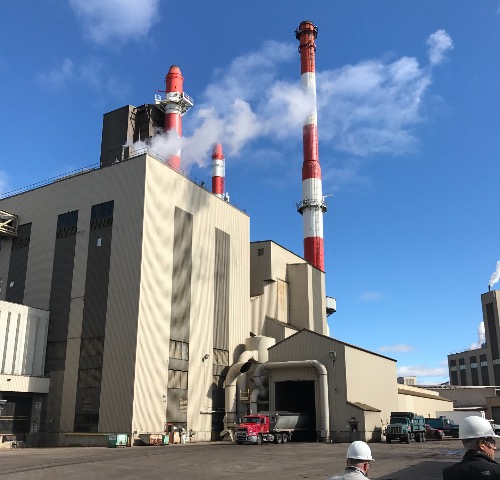
But back to paper-making. Our Graphic Design Team recently went on a tour of the Catalyst Paper Mill in Biron, Wisconsin, just outside of Wisconsin Rapids. Steinhafels has worked with the mill for almost eight years, and as the business of paper continues to evolve, we like to stay on top of how the product is made. Stallmann adds, "They make a great sheet for our newspaper inserts, and we prefer how it looks and feels versus other options in the market. Additionally, we appreciate the heritage at the mill, and our fellow Wisconsinites who work hard to deliver such a great product at a very competitive price."
It’s also important to us that the paper is being produced in a way that is environmentally responsible. The mill’s VP and General Manager, Lucas McLeod explains, "I think the paper process is supporting everyday needs of people – whether it be packaging, food wrap, publication – so we’re providing a product in a renewable way. We’re also taking local resources of pulp and water; we’re harvesting that wood, regenerating the forests and providing a good living – a good life for our employees and residents."
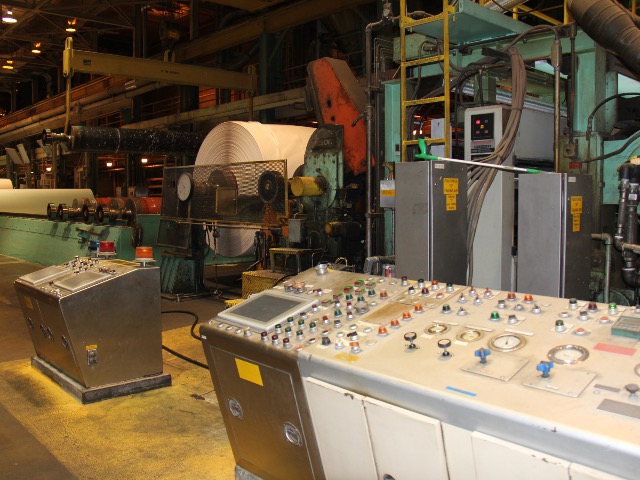
Ryan Kluck has been at the Biron Mill for 26 years. He says there’s a lot more to the paper-making process than cutting up some logs and producing pulp. "I think any process is very interesting. If I go to a beer-making plant, or food processing plant, there’s a lot of efficiencies built into any industrial process. Paper-making has been around a long time. It’s a product that has served a need of people for a long time. So yes, I would say it’s highly refined, and that’s what’s interesting – all the little efficiencies that have been built into the process, because it’s a process that’s been around a long time, and people are constantly making it bigger and better, faster and faster."
Touring the mill
- Stacking the Wood: As you can see in these pictures, EVERYTHING at the Mill is huge! The piles of wood being stacked here are just a fraction of the more than 1,000 tons of paper the mill produces on a daily basis.
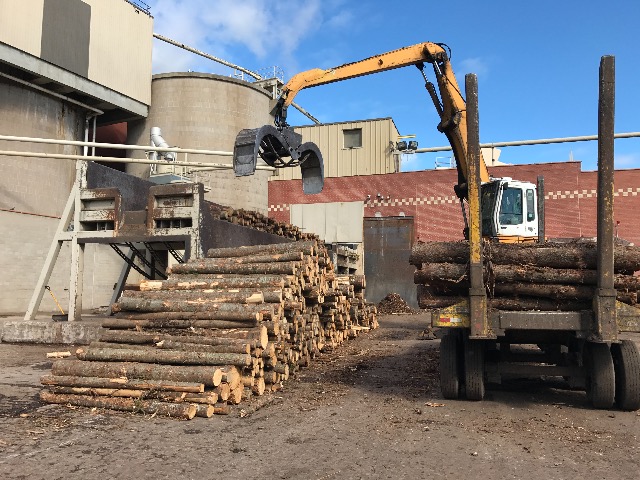
- Debarking: Next we witness the debarking process from a safe distance. The actual wood is separated from the bark, which is then recycled!
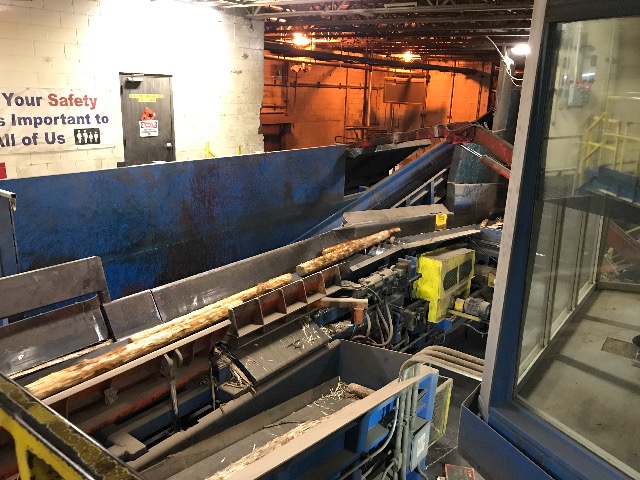
- Making Paper: It’s a complicated and refined process, but in a nutshell, the wood is made into pulp, huge machines squeeze out the water, and the paper is thickened and smoothed.
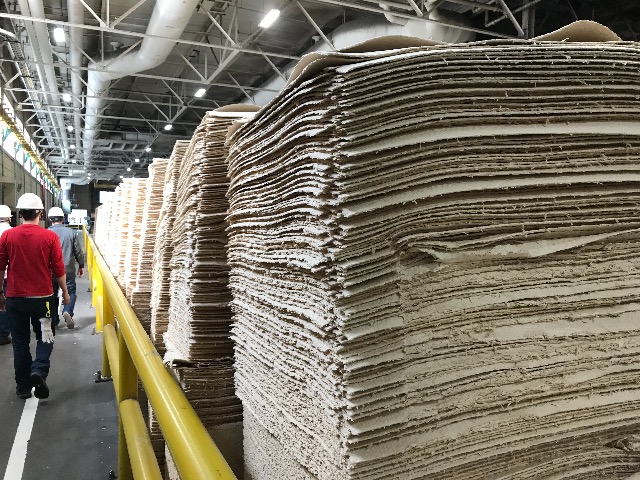
- Finished Product: When it’s all said and done, the paper is rolled onto huge cylinders and wrapped up!
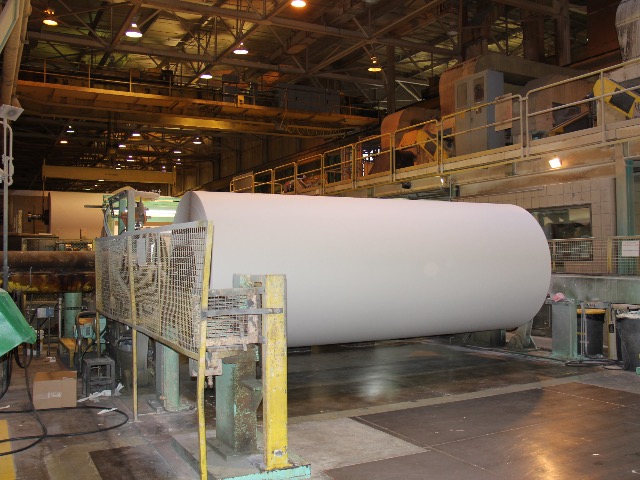
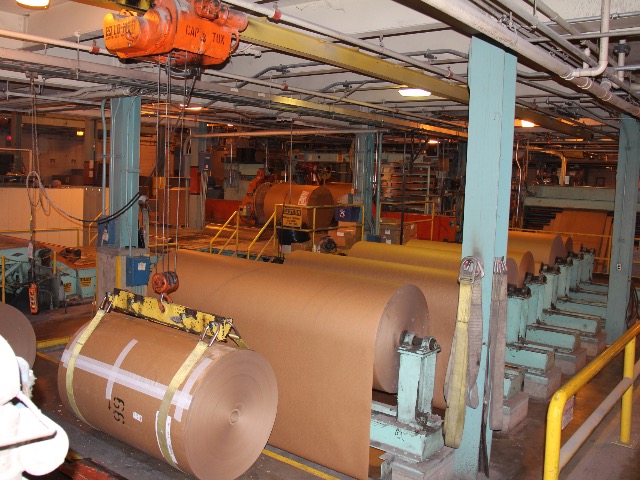
Reflections from a true "paper guy"
Like Steinhafels, many paper mill employees have been in the business for several generations. Brian Reimer is our paper broker. Paper mills work with so many different companies that brokers are necessary to negotiate the deals. Reimer is a third generation paper industry worker, and he says it truly is a family business for many here in Wisconsin. "I always joke it’s like a cult – once you get into the paper industry, you never leave. There’s something about the people, the environment. There’s a kinship, whether you’re in the factory or the sales side of things or the logging side of things – there’s a little bit of kinship between everyone that has a hand in the process."
Located smack dab on the Wisconsin River, the mill actually uses the power of the river for quite a few of its processes – including some of the mill’s energy generation and cooling of equipment. The mill is dedicated to making sure the water it pumps back out into the river is clean and purified.
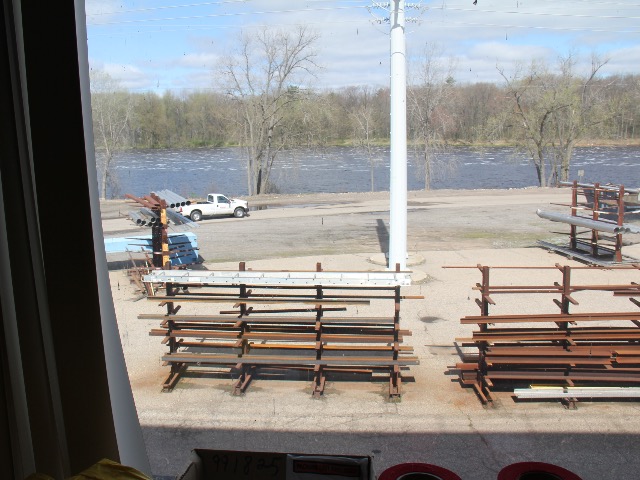
Reimer is glad the business has evolved, especially when it comes to being a sustainable and relatively "clean" industry. As he notes, "It is a lot greener than people give it credit for. You saw that today – how much passion goes into how clean the water goes back out, what they do with all the waste. What they do with every part of the process, whether it be the bark or whatever. They try to utilize 100% of what they do, so they’re not putting anything in the landfills. Even the slurry and the waste that they don’t use for anything else is taken and spread out on farm fields as natural fertilizer."
Making paper truly is an art and a remarkable process. We’ve only scratched the surface in this article. Our team also got to tour a forest near the mill, where trees are harvested to make paper and then replanted. But we’ll save that process for another article!
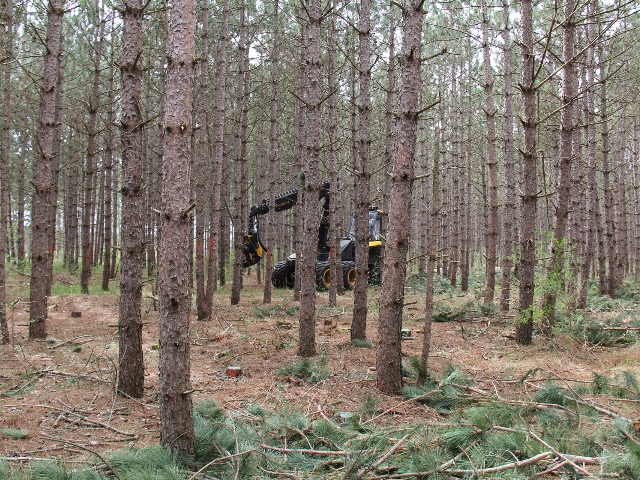
Check out our blog for upcoming posts about our forest tour, and also a video highlighting the entire process – from forest to mill.
And click here for a full photo gallery of our tour of the paper mill!







